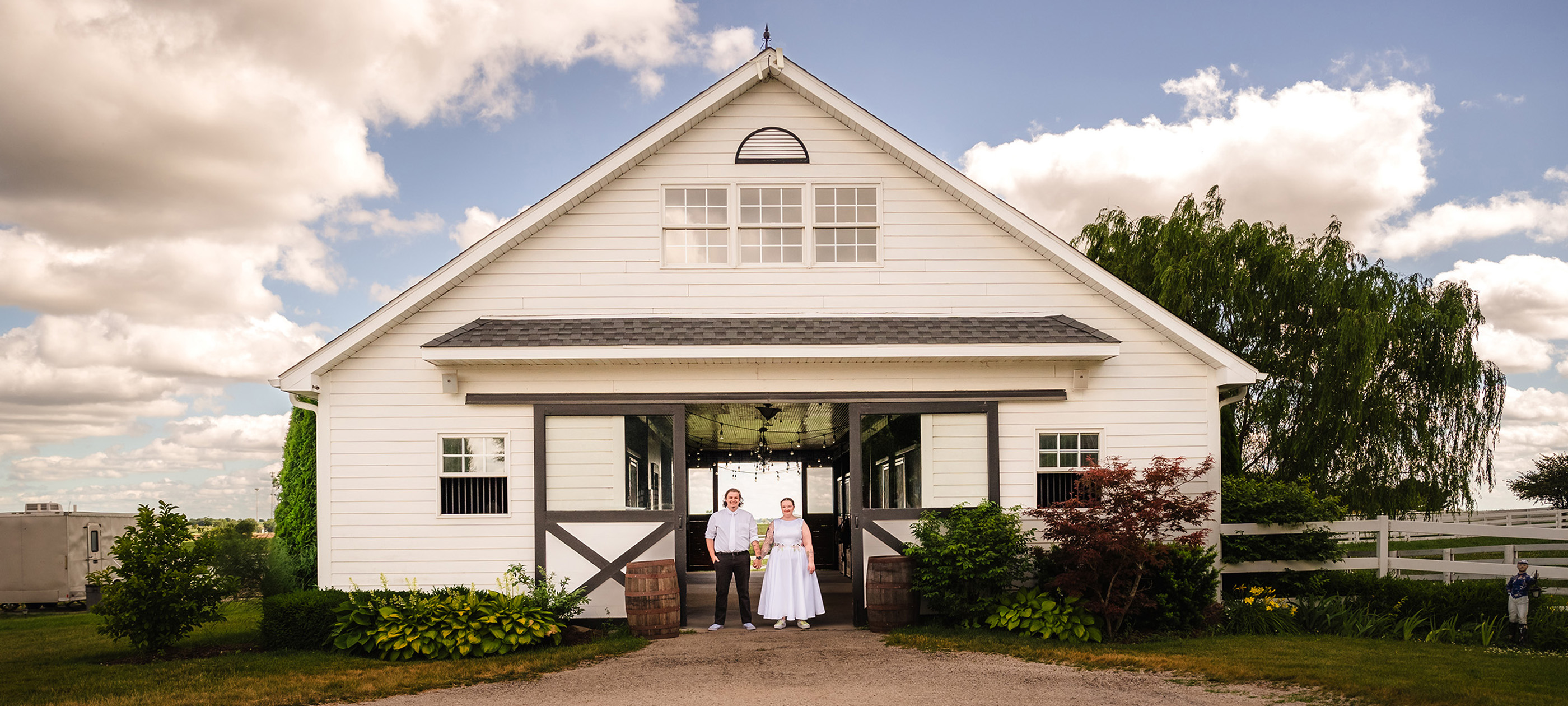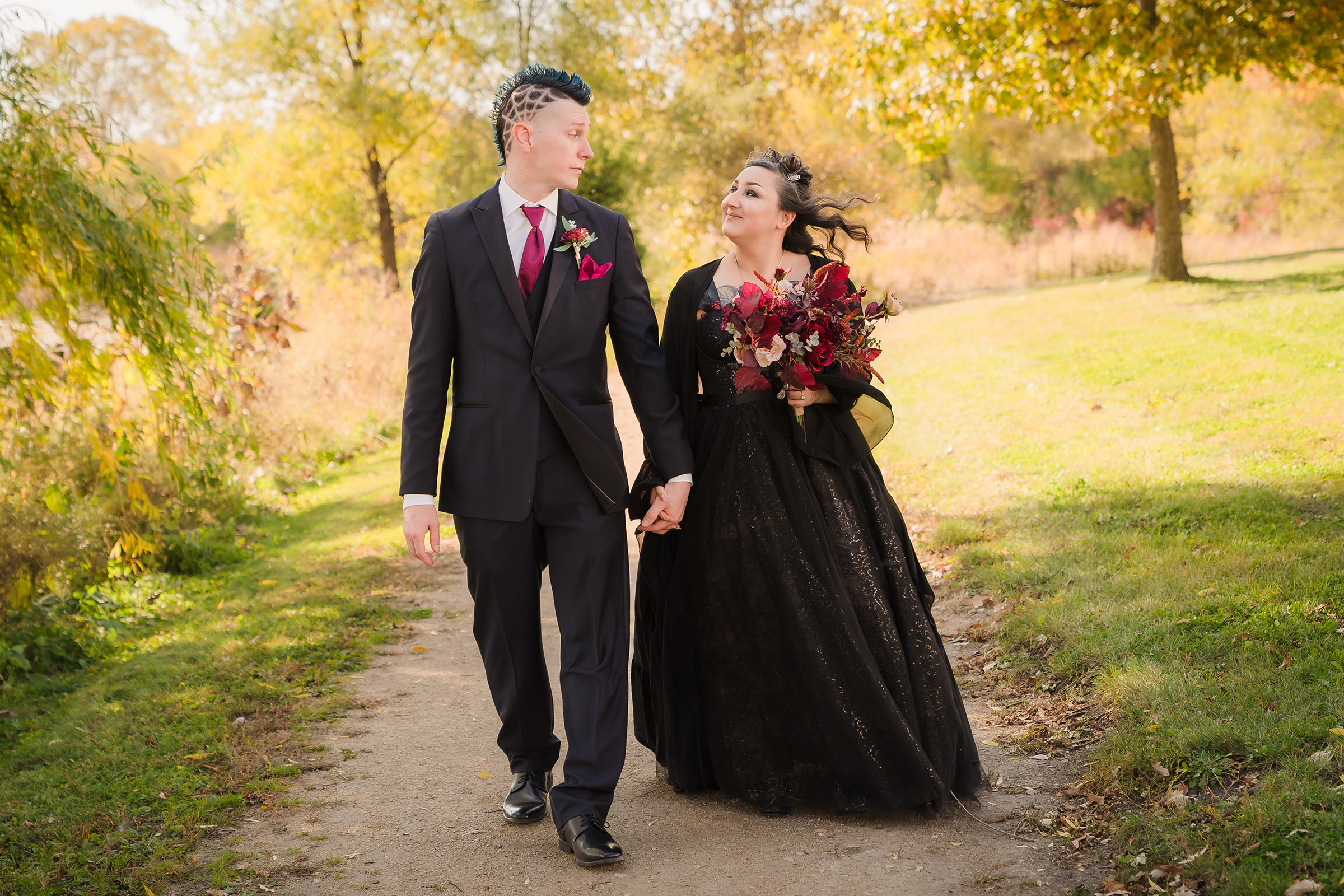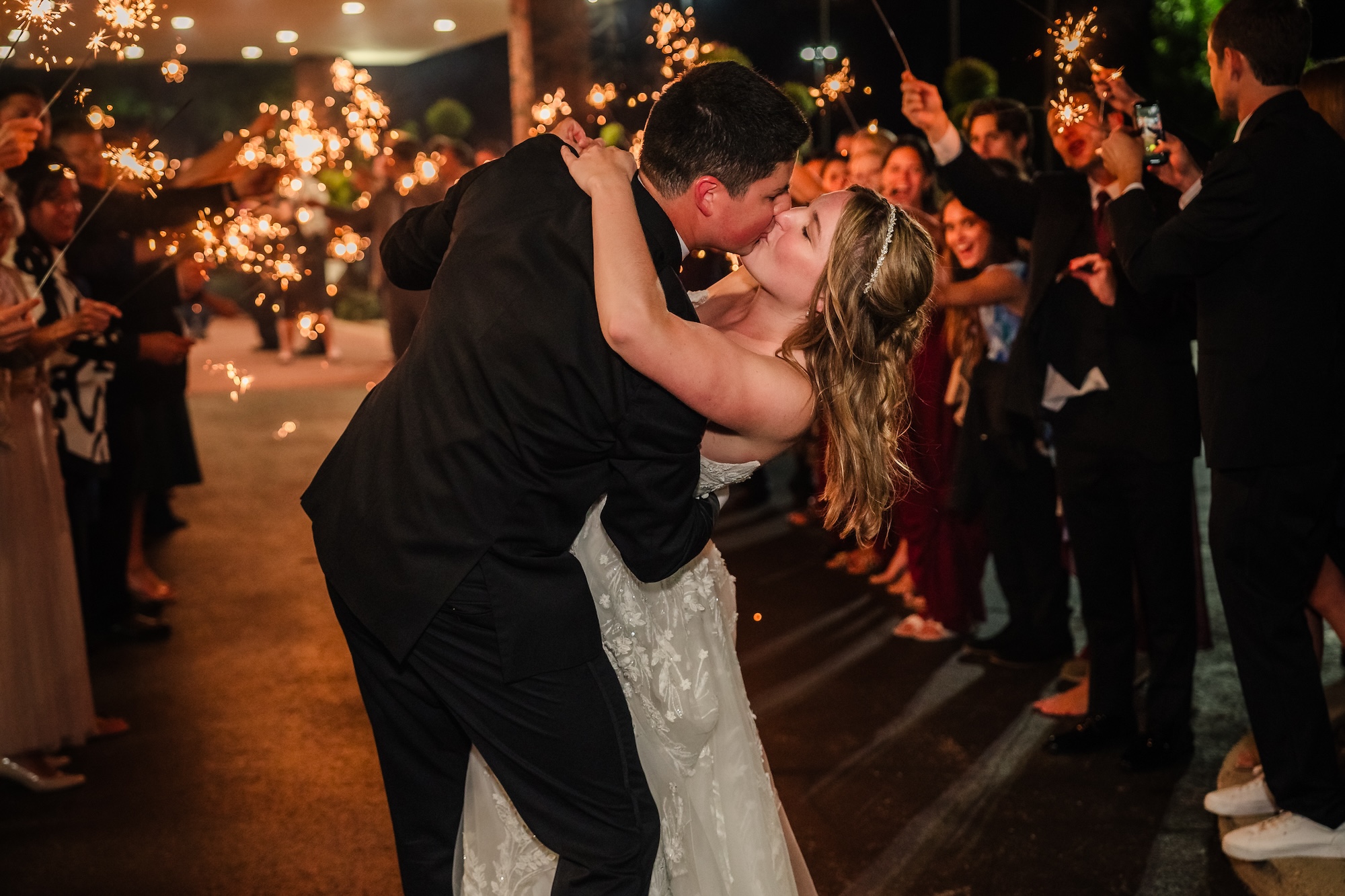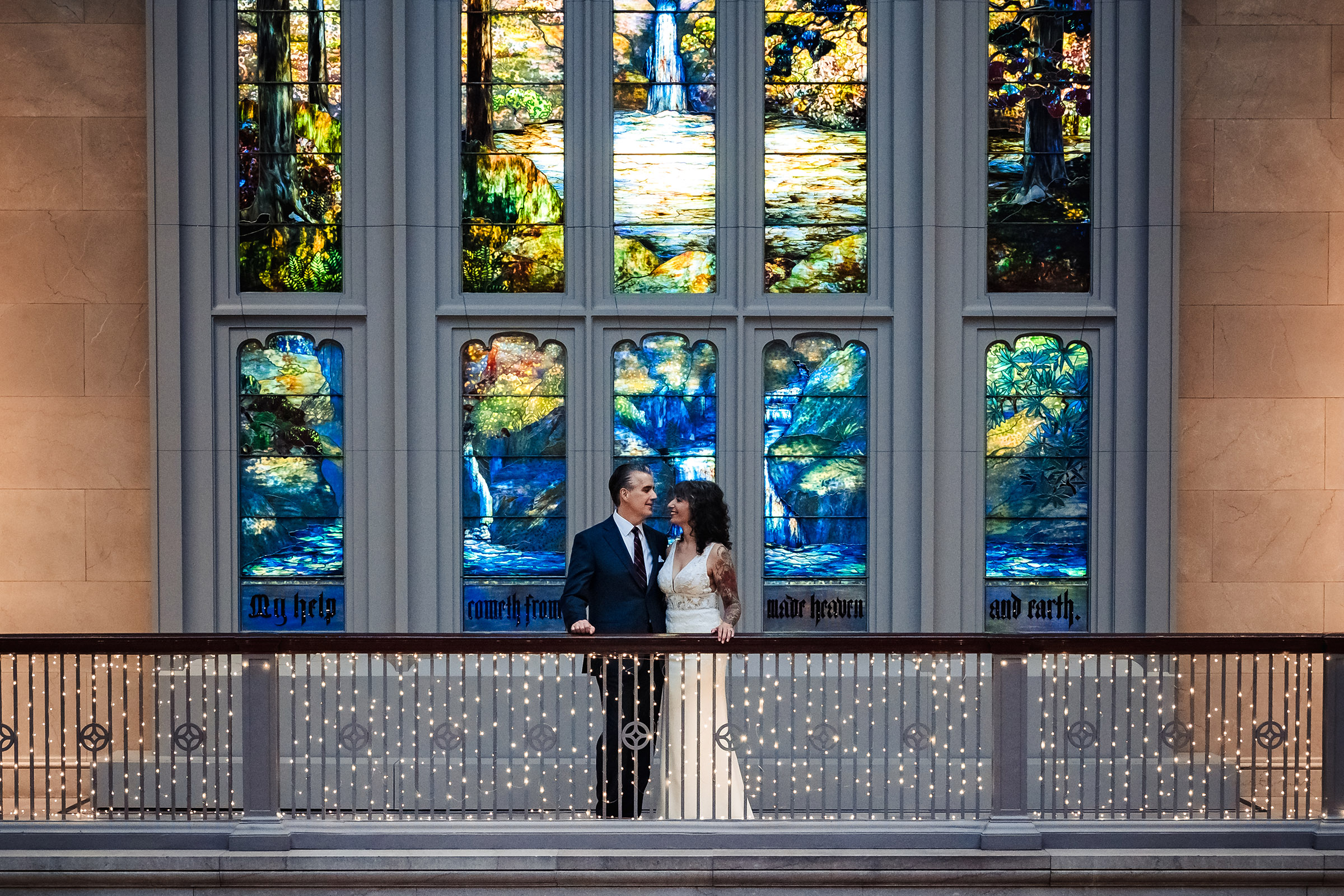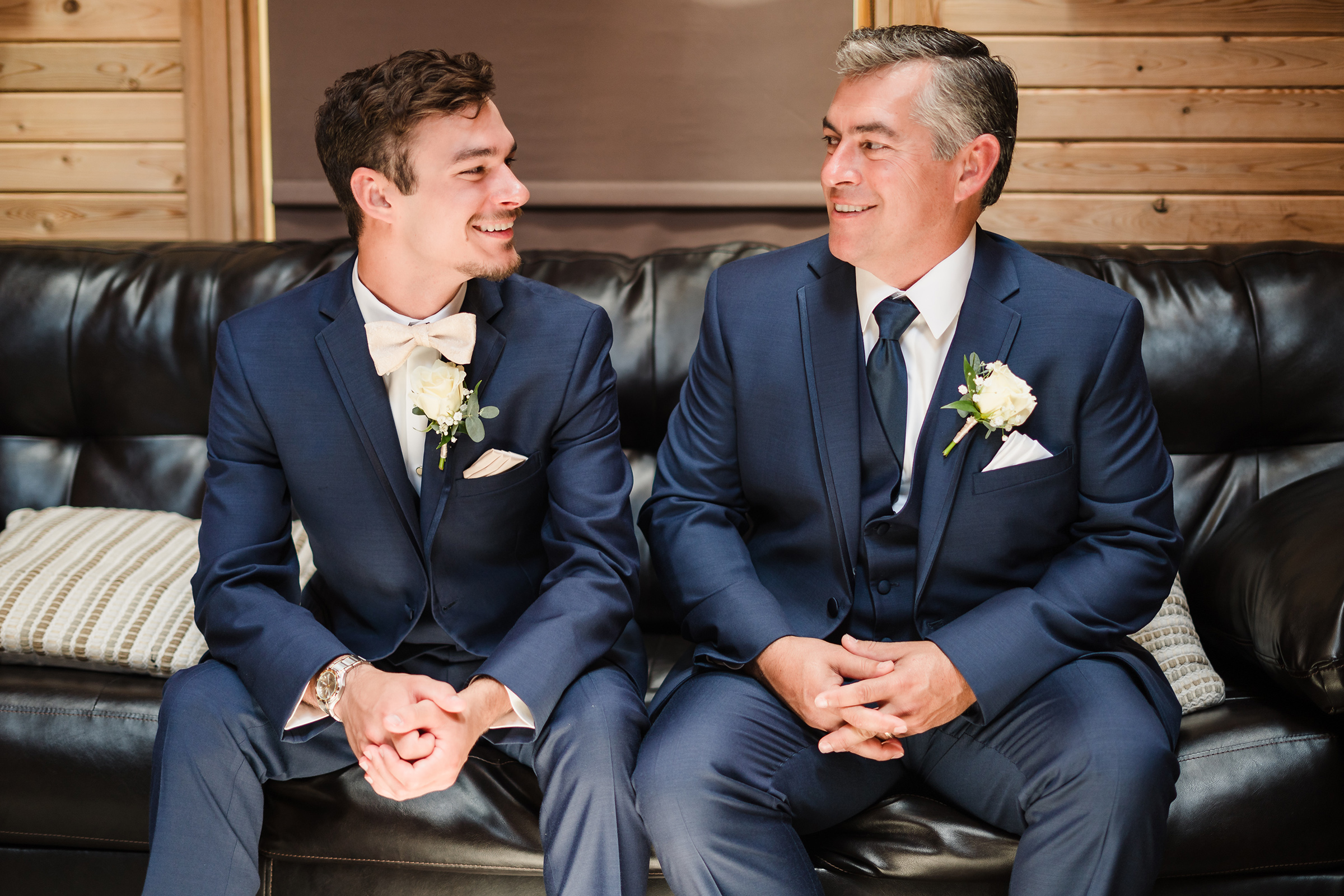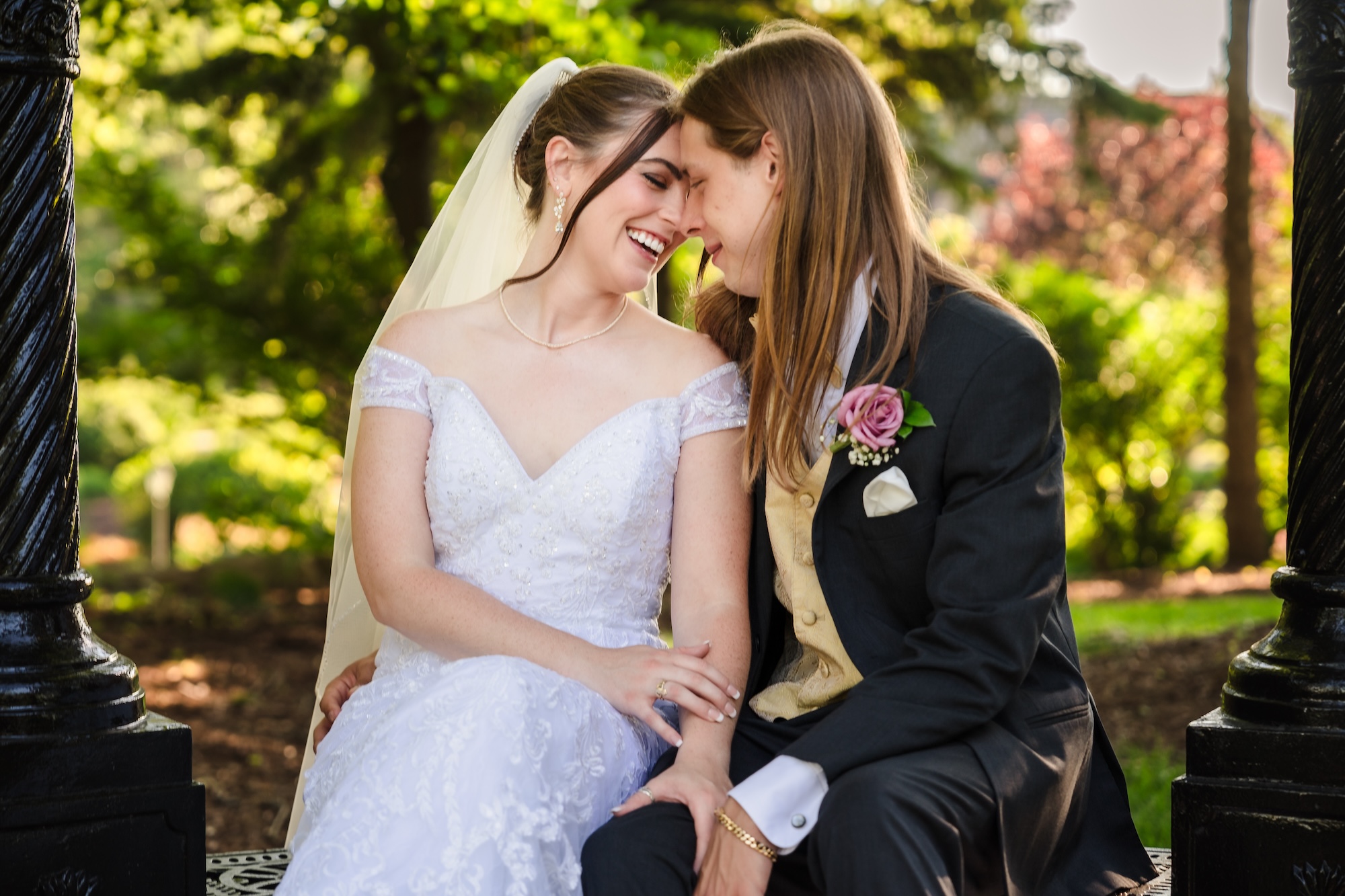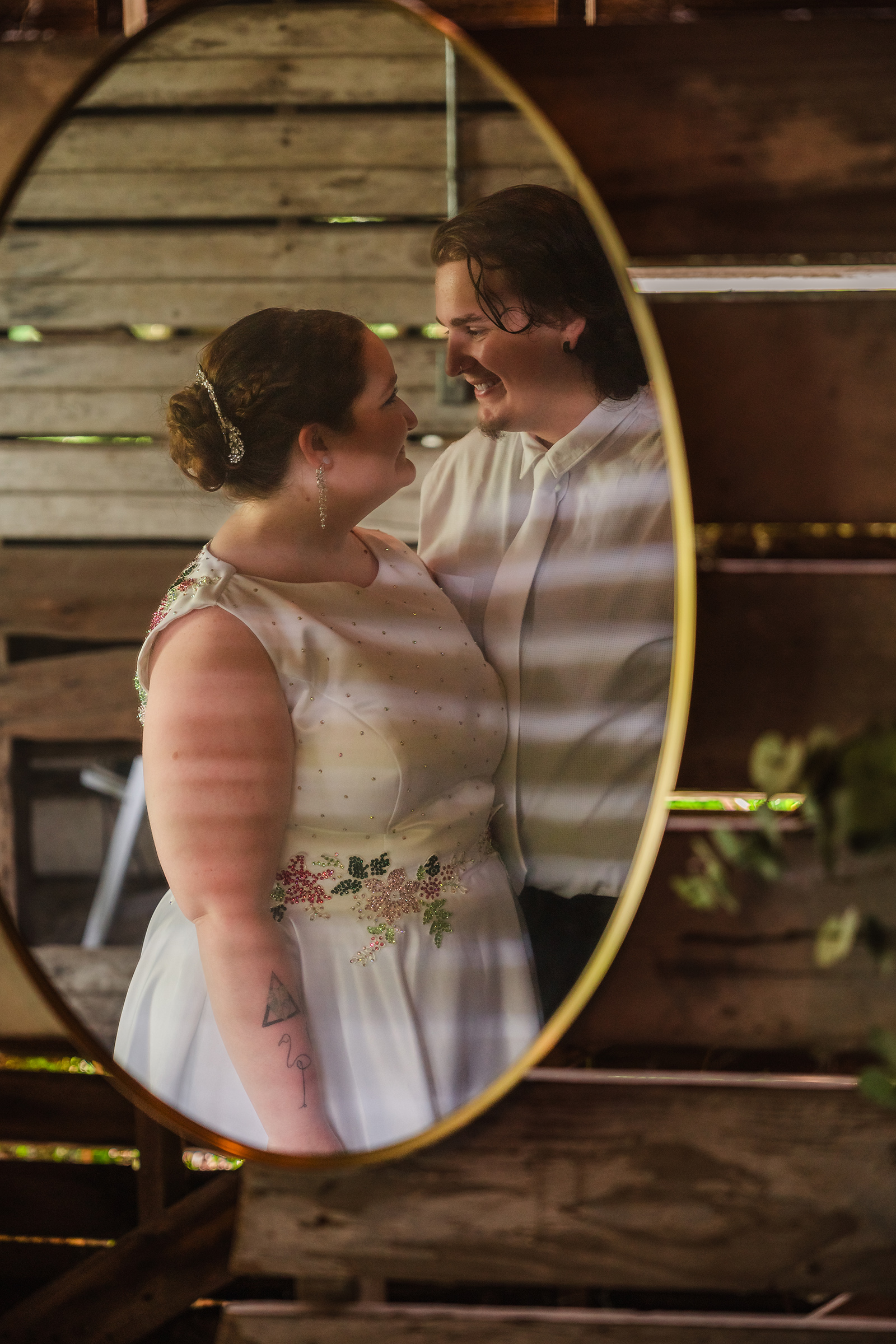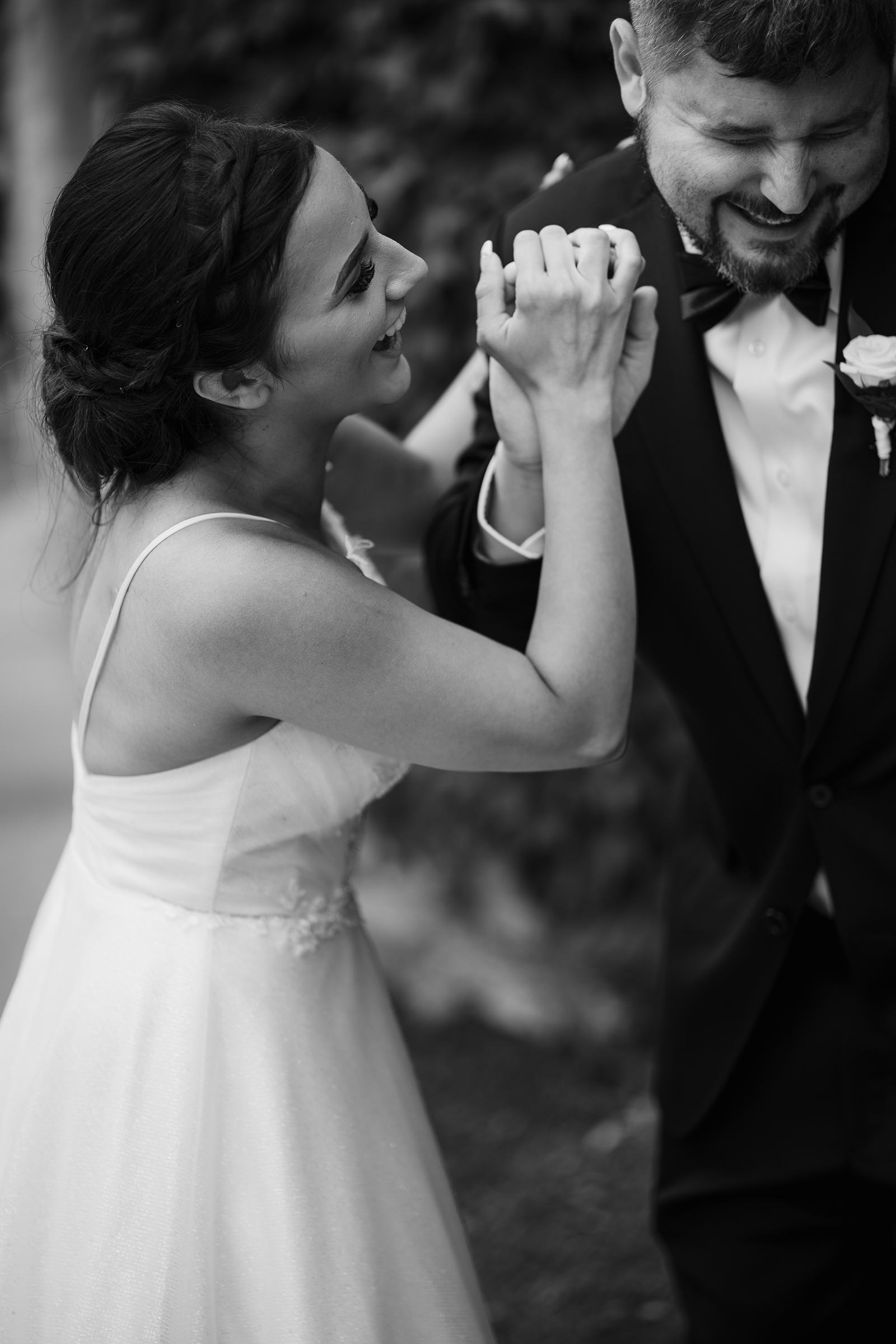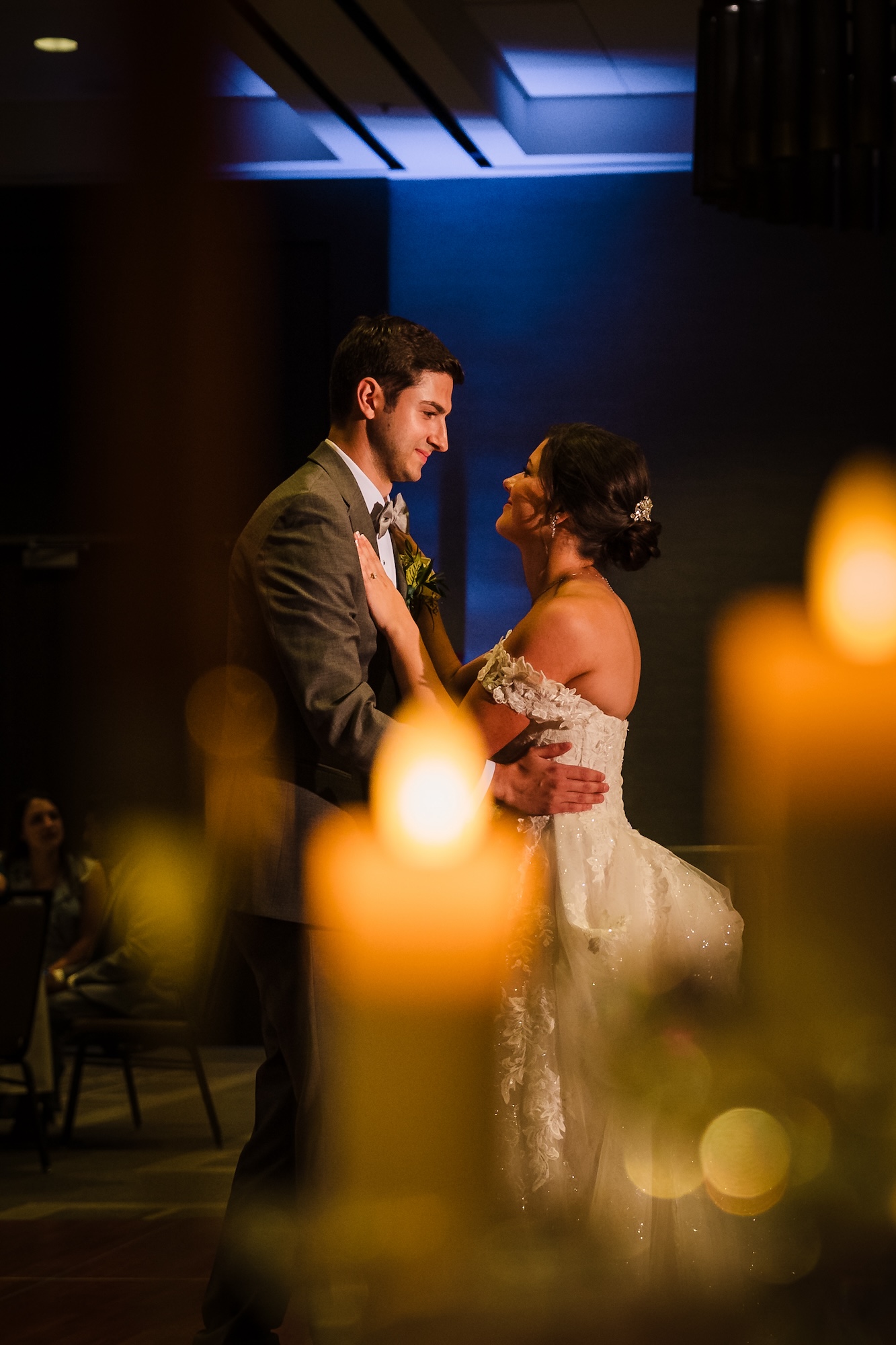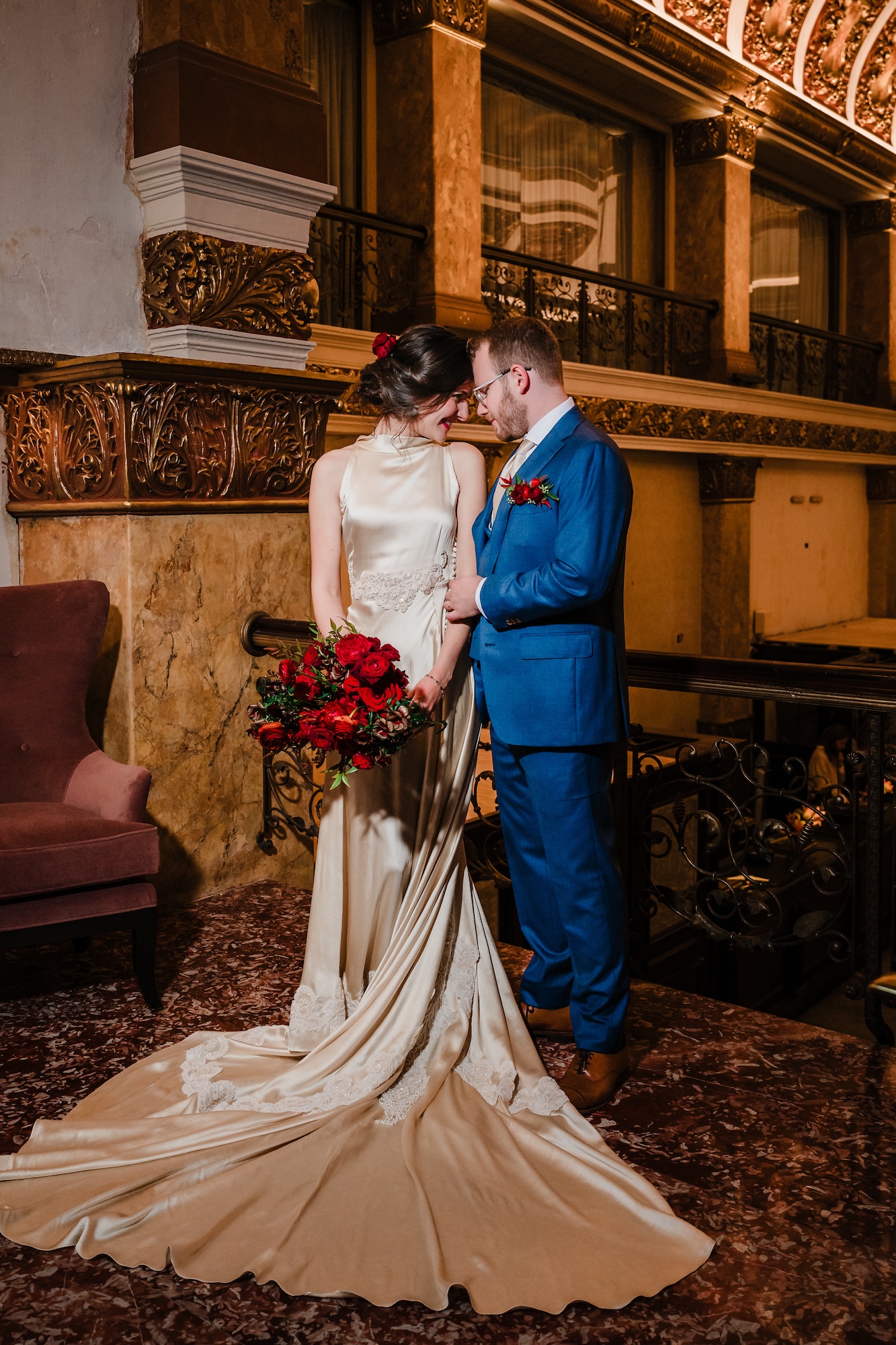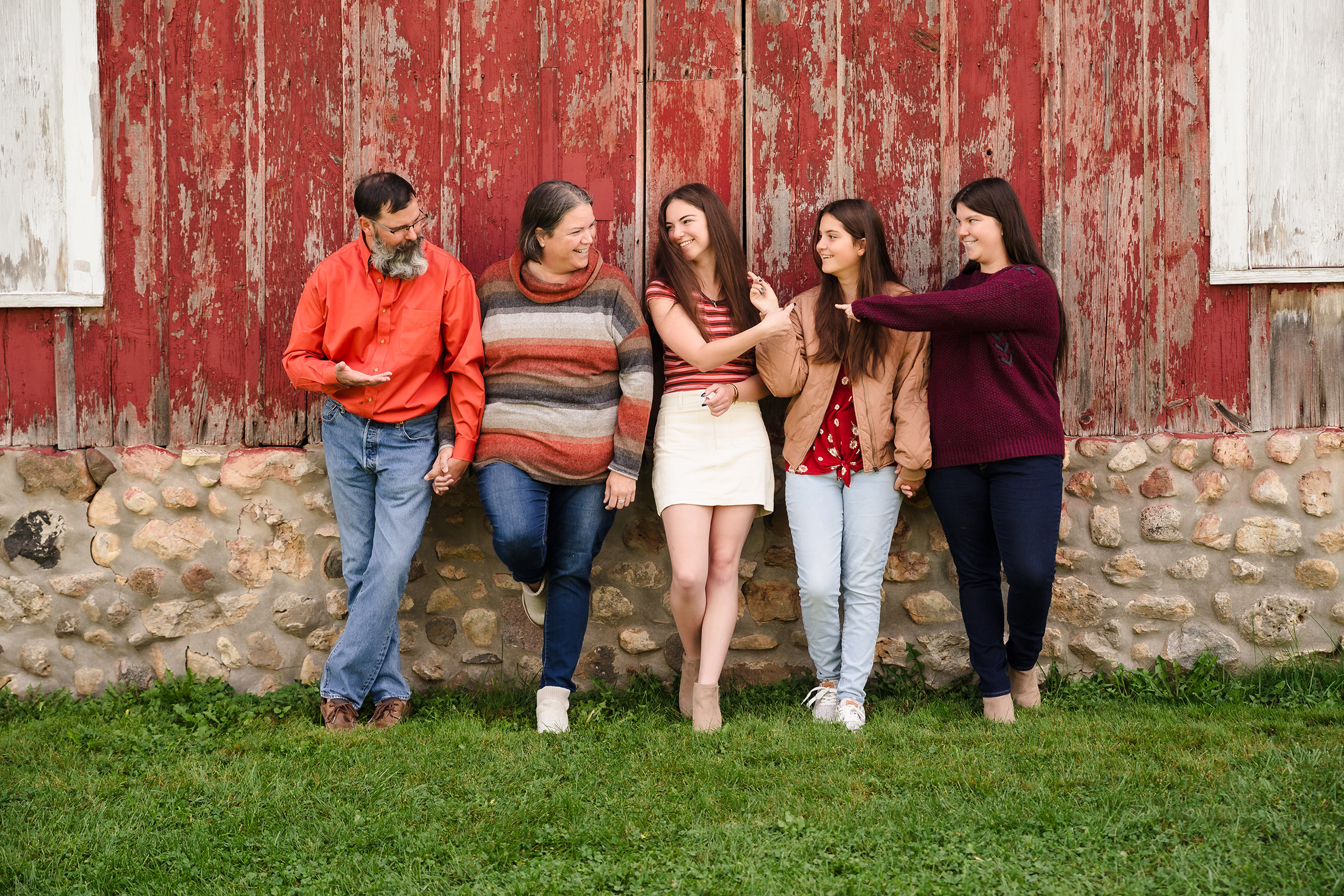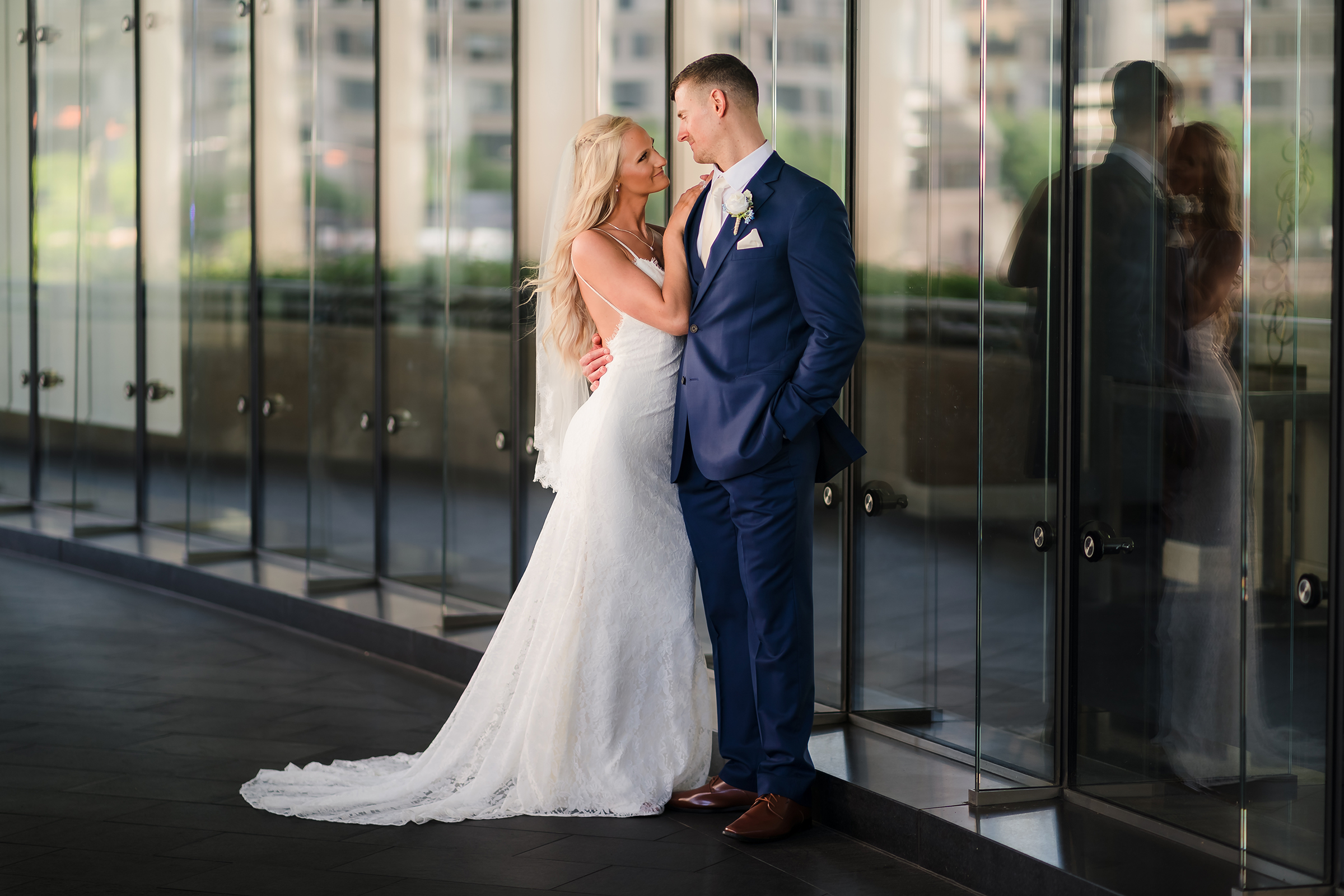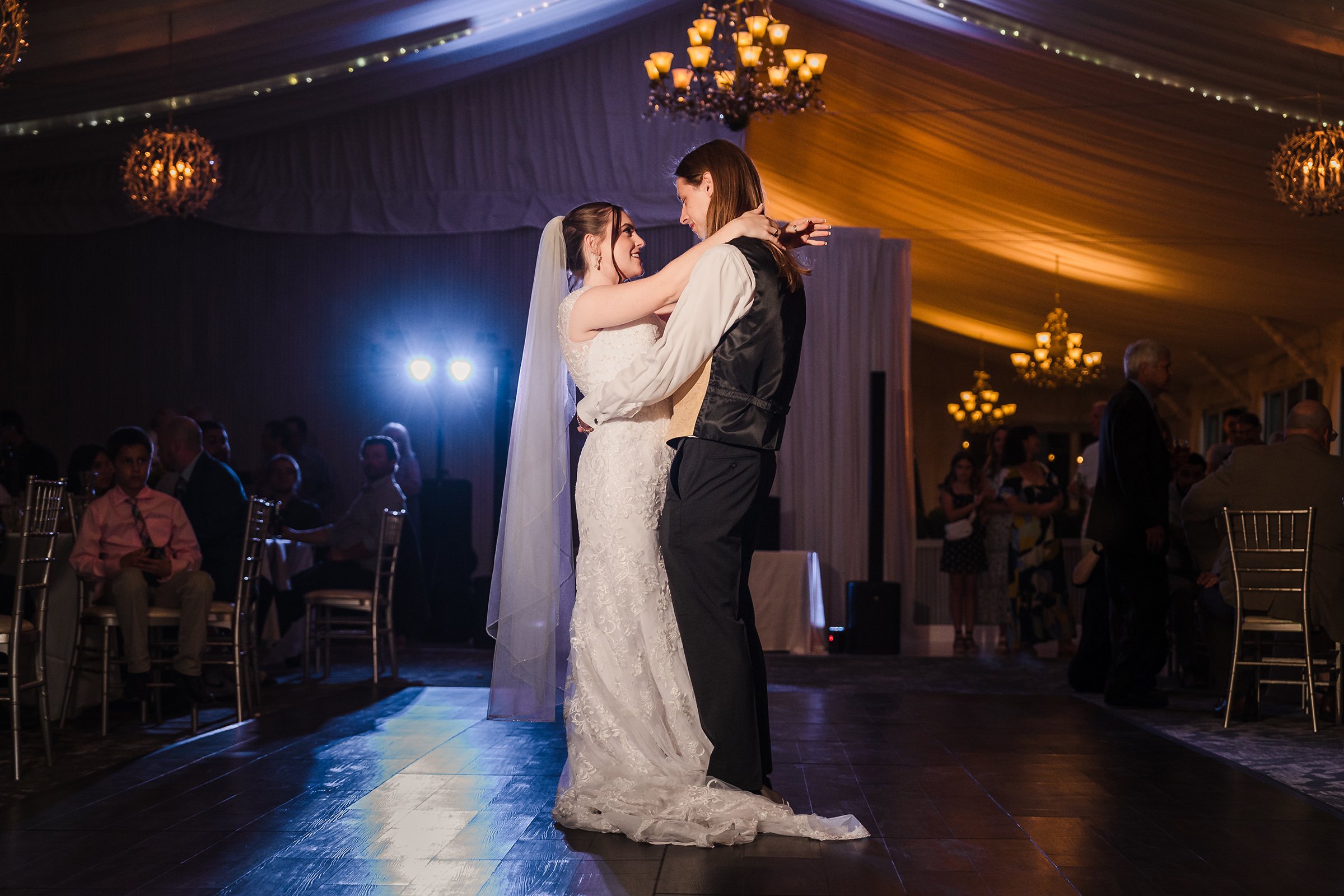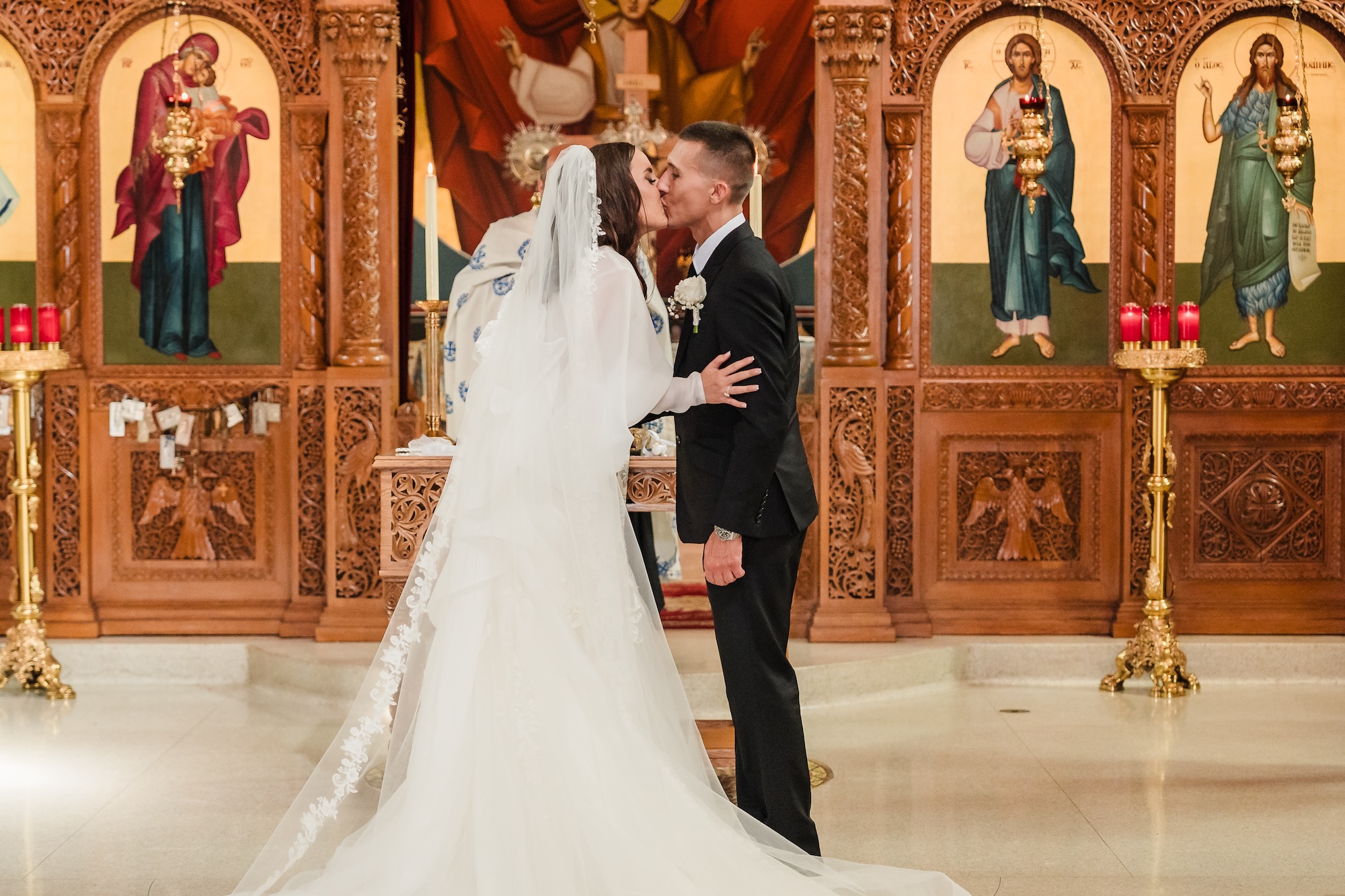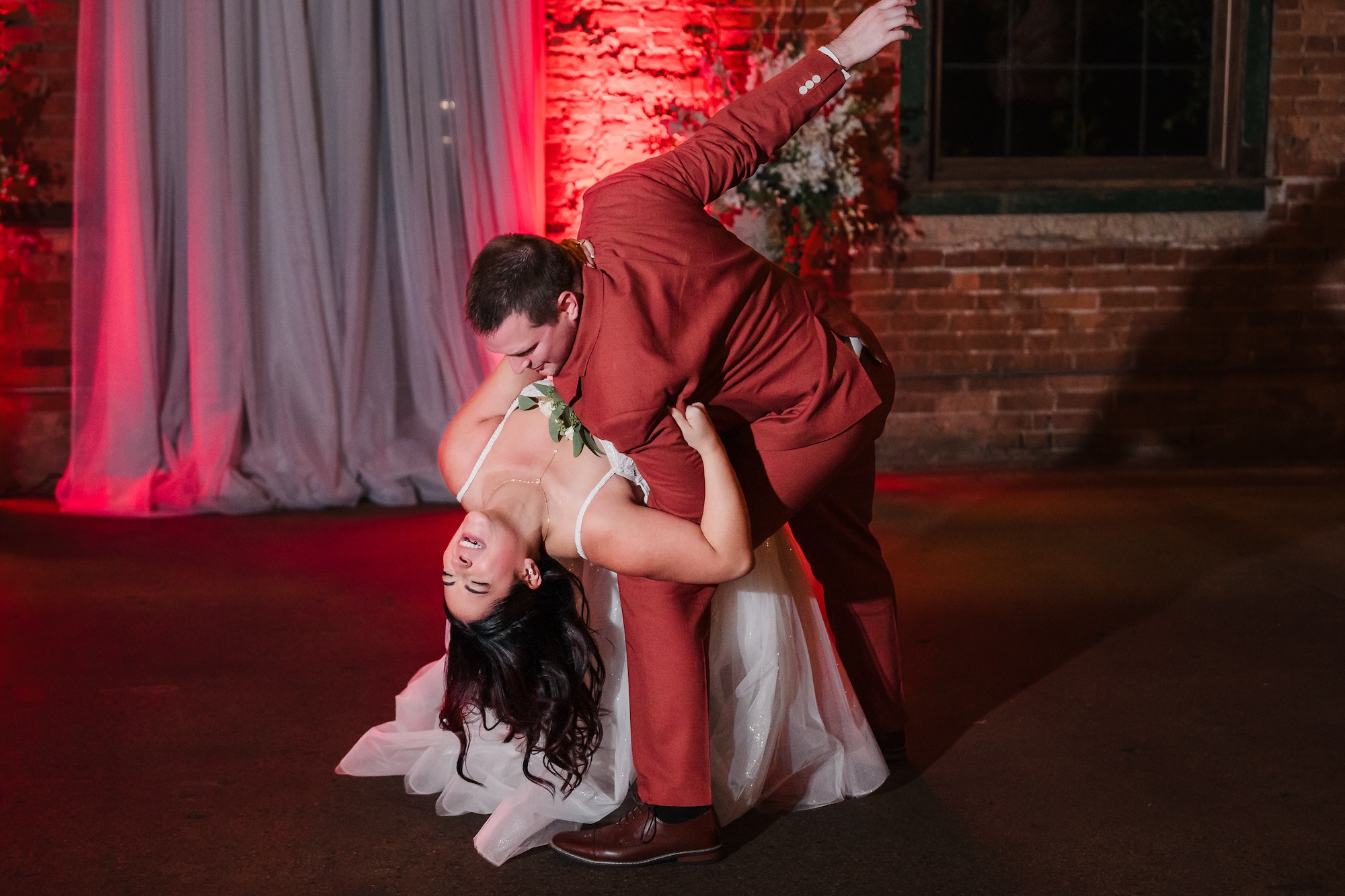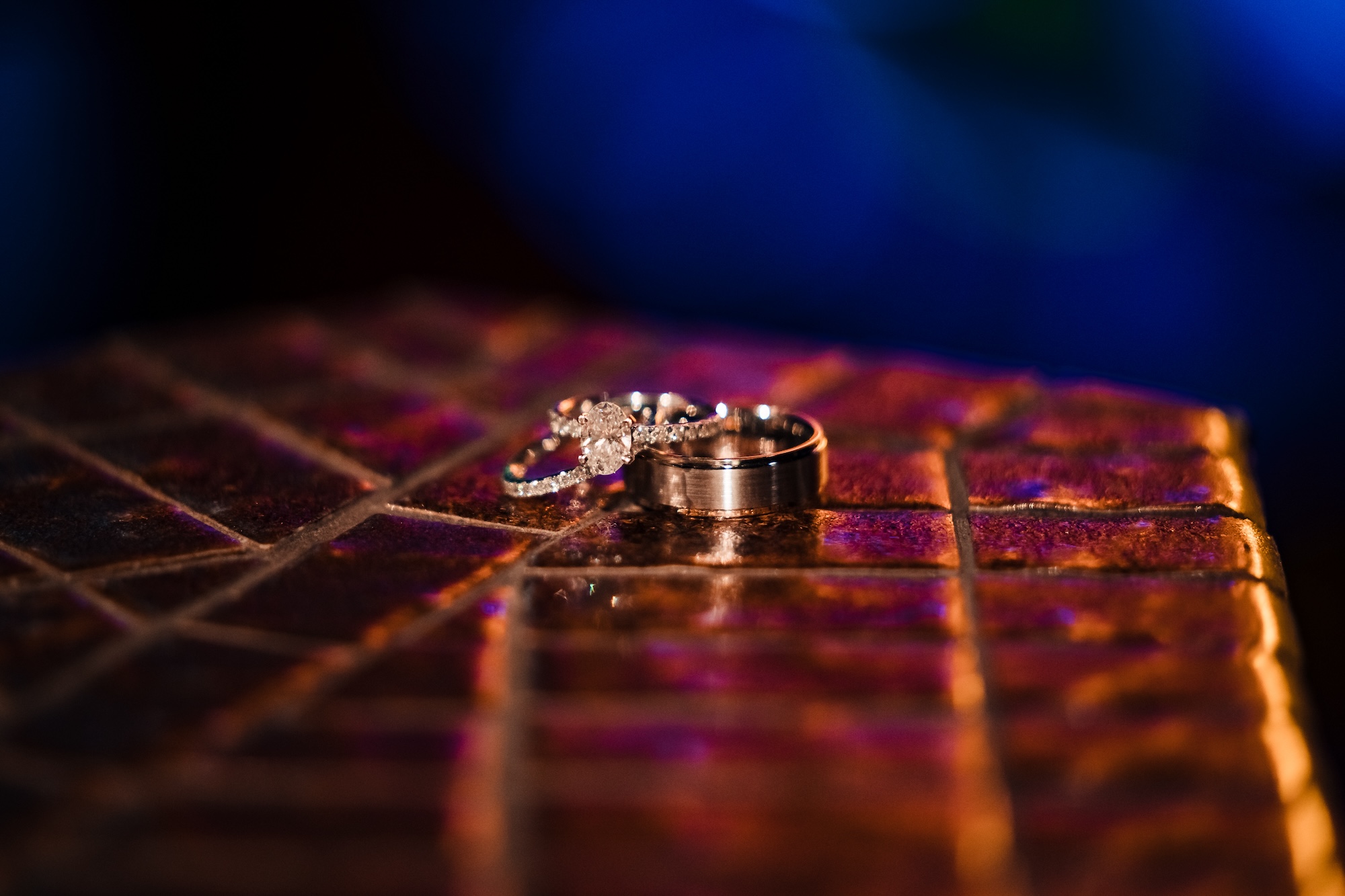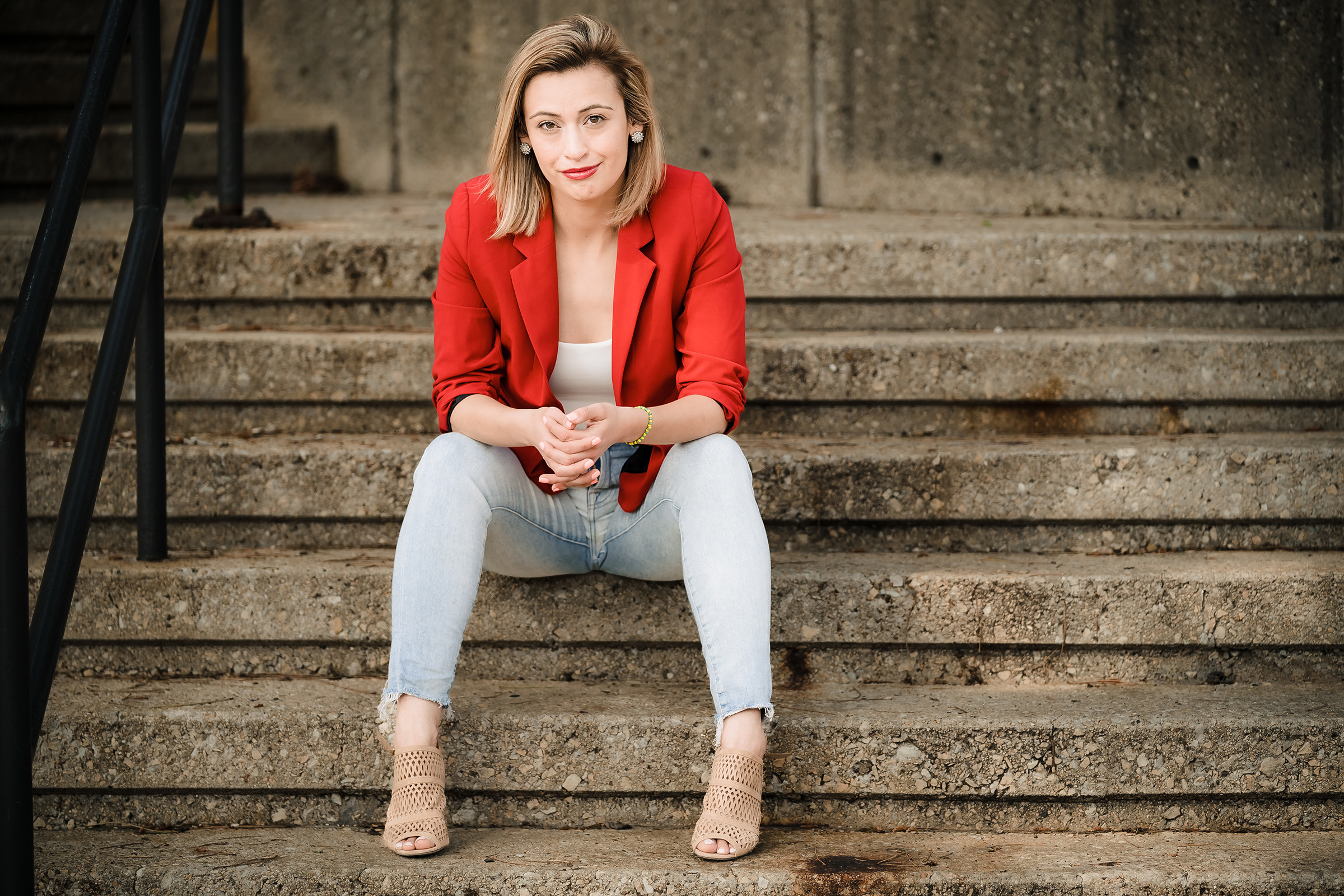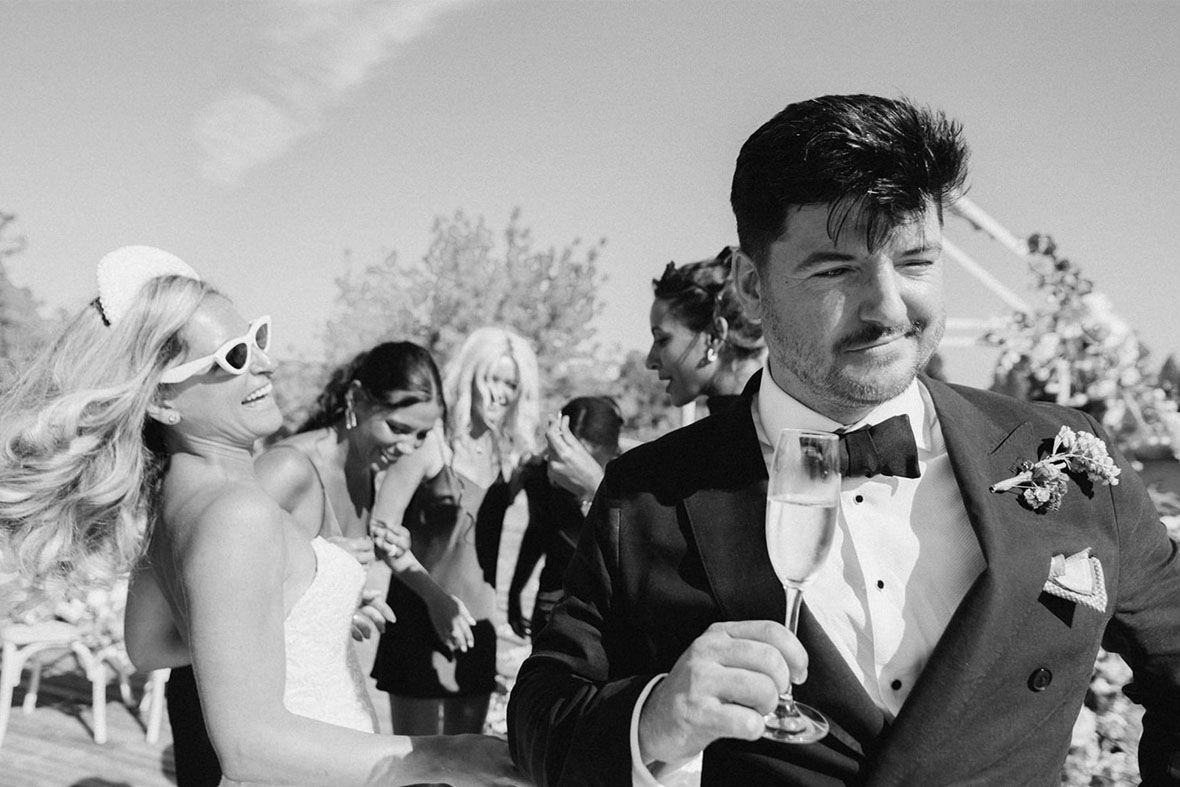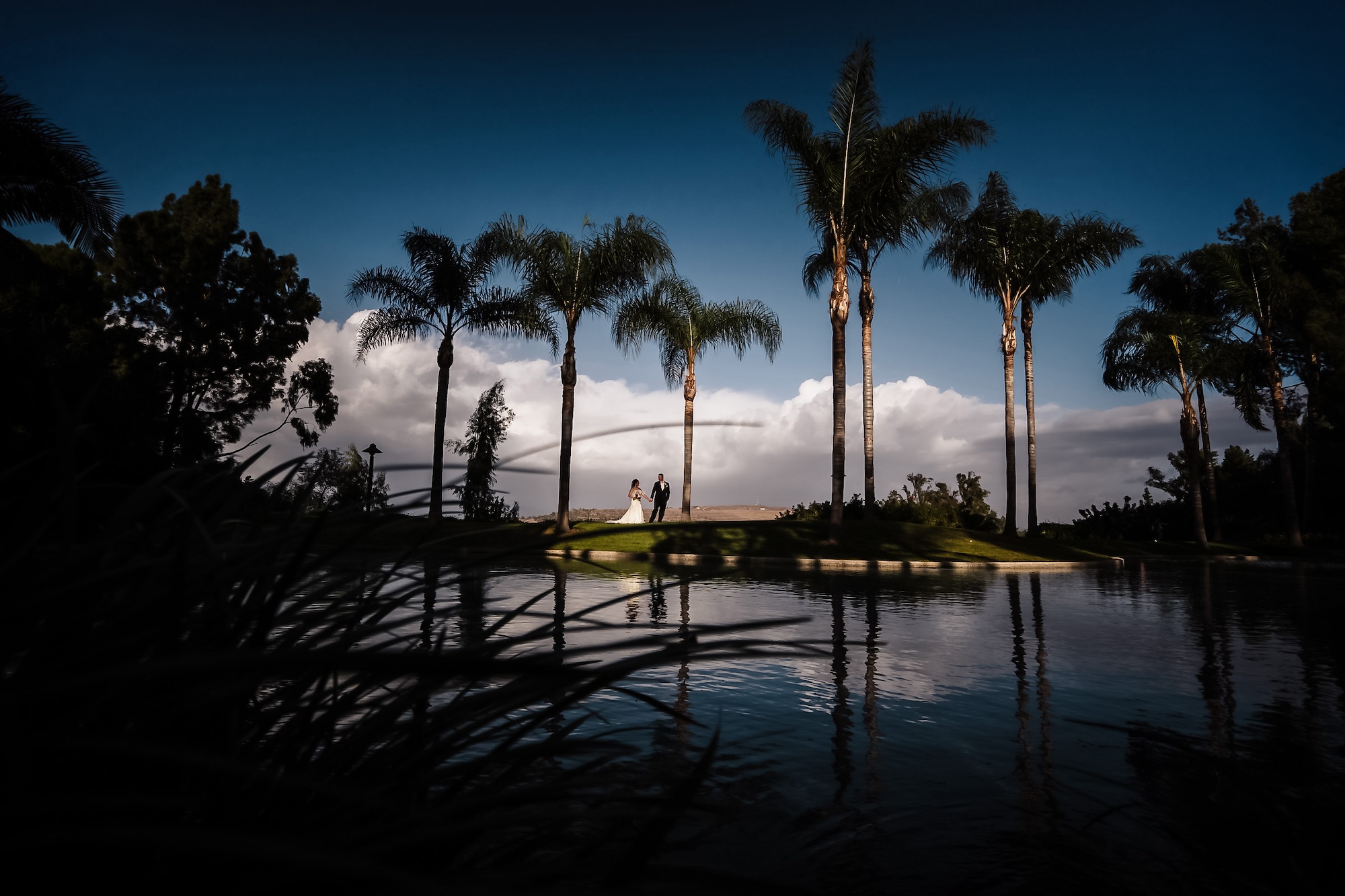Artist Feature – Kenneth Dillard
Features
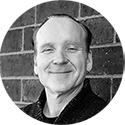
Kenneth Dillard has well over a decade of experience in photography, specializing in wedding and family photography in the Chicagoland area, northwest Indiana, and southern Wisconsin. He combines a vibrant, photojournalistic style with personal knowledge of his clients to not only ensure a comfortable and memorable experience, but to also preserve the most important stories in their lifetimes in ways that best reflect each individual, couple, and family. Kenneth’s dedication to capturing the most authentic moments has earned him a reputation for excellence.
Please share a bit about your background and how you got started in photography? How long have you been a photographer?
It started as a combination hobby/marketing tool for me in about 2010. I was assisting (and still do) in running a local weekly dance in the Chicago suburbs. I’d take weekly pics to post on social media. A few years later, and I had become so passionate about photography, I decided to pursue it more actively as a profession. I jumped at the chance to start photographing weddings (around 2018-19), where I currently spend most of my time telling couples’ stories and creating heirlooms for generations.
Who are some of your favorite photographers?
Currently, Pye Jirsa and Vanessa Joy. The one who got me interested in wedding photography initially is Joe Buissink. Old school (non-wedding) photographers that I also admire include James Hamilton and George S. Zimbel.
What is the best part about being a photographer? What is the most challenging part of being a photographer?
The best part? People. Without a doubt. There’s immense joy in meeting couples and learning each story. The unique personalities. The varied stories. The hobbies, traits, etc. that make up each couple. Each time I work with a couple is magic. You can’t get that in any other field.
As far as most challenging, I’d say the ability to not feel like you need to be perfect. I am guilty (even today) of worrying that I won’t get everything 100% spot on for each shoot–that I may not match up to the quality of my peers. It’s on my mind constantly. It may, in fact, be a permanent part of my life.
Every couple is unique. How do you tailor your approach to wedding photography to reflect the individuality of each wedding you photograph?
The only thing I really “tailor” is in the types of photos I take for my couples. Once I know their likes/dislikes, what they want in their wedding, their plans for the future, etc., I can relate to them more personally, and ensure they get a unique experience from me. I don’t so much “tailor” as treat each couple as my friends, interacting with them on a personal level.
Can you share some insights into how you scout and select locations for pre-wedding and post-wedding portrait sessions?
My scouting process is fairly simple: If the couple wants to have their portrait session at their wedding (reception) venue, I’ll set up an appointment with that venue’s manager to come and scout the location to check how the light hits certain areas, which spots have the least background noise, etc. If I’m photographing at a venue I’ve worked before, I can make recommendations to the couple based on my experience. If my couples want to do a portrait session off-site, I will either recommend a location based on a database I’ve compiled of scenic areas, catering my suggestions to be close to their wedding location(s), or research areas near their reception and try to find scenic spots to recommend.
How has Impossible Things (IT) AI Photo Editing benefited your business?
Impossible Things offers a hugely faster process for editing pictures, dropping my turnaround time drop from an average of 5-6 weeks to 2-3 weeks. It also provides more consistency in my pictures for each “scene”/section of a wedding. The ability to tweak presets (with custom tuning) helps ensure that my edits are even more precise, saving me massive amounts of time trying to tweak each image. At the end of the day, IT provides a more consistent look across all weddings, ensuring I have a more recognizable style.
What is your current workflow with Impossible Things, and how has it improved?
Here’s a basic overview of my workflow with Impossible Things:
1.) Cull all images, flagging only the ones I would consider delivering to my couples.
2.) Review each “scene”/section of the wedding to determine which look would best fit (that scene).
3.) Pick all images from that scene and run them through Impossible Things.
4.) Once Impossible Things has completed its initial edits, I run the “Update AI Settings” feature to ensure each image gets the additional masking tweaks applied.
5.) Review each section and fine tune if needed; then export that set of images.
6.) Once all the images are edited, I compile and review one last time, and then deliver them to my couples.
Do you have recommendations for users who are considering Impossible Things?
Play, play some more, and then play again. Tinker with different styles. Learn the nuances of fine tuning the looks to your preferences. Take the time to get Impossible Things set up customized for you. You’ll reap the benefits over and over with each photo shoot you edit.
What is your favorite Impossible Things feature and why?
That’s a tough one, as Impossible Things has so many wonderful features. Leaving the biggest feature–to me–the time you save, out of it, I’m going to say either the advanced “Update AI Settings” process that adds additional masks, or that Impossible Things can run natively though Lightroom.
For “Update AI Settings,” I’m ecstatic that those additional masks help refine images, tweaking little things that I might otherwise miss. Those nuances are fascinating in how much they help improve an image. For the “Lightroom” plug-in, I simply love that I can do everything in Lightroom. It’s one of those time savers that’s allowing me to deliver top-notch galleries with a minimal turnaround time.
-
Posted On
07.28.25
-
Posted By
Things
